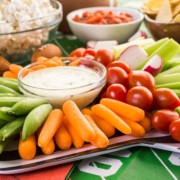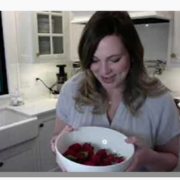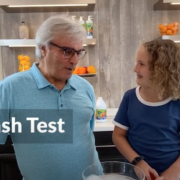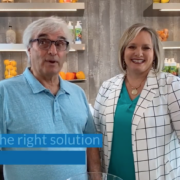The Nature of Parabens
By Bill Adler, MPH, RS
Technical Food Safety Consultant
They’ve been around for a while. Parabens, in the form of fruit coverings, are there to provide microbiological protection. Low-dose studies in adults show no problems. But studies are done on animals, microbes, and adult humans. Nothing has been done in terms of kids or babies, because, ‘who in their right minds’ would submit their kids to do a study on the health effects of a chemical??
Then there is the effect of bio-accumulation over time. Methyl-, ethyl- and butyl- parabens do accumulate over time. MOST comes out in urine, but some accumulate in the liver. Recent studies have shown an effect on male and female reproductivity… Hmm, that leads me to believe ‘out of sight, out of mind’ isn’t a good philosophy, after all.
Knowing which paraben is being used in your cosmetics and food isn’t going to happen. Most of us didn’t know about parabens until someone raised a red flag and suggested avoiding them was in everybody’s best interest. Ingredient statements on processed foods don’t differentiate the different types, and fruits and vegetables have nothing on the label to tell you the products have been treated with anything. Don’t believe me? The next time you buy a bunch of bananas or head of lettuce, see if it is packaged or its “bare” and if there is any description near or on it telling you what might have been done to it before you bought it.
Even “organic” produce isn’t necessarily chemical-free. The industry is allowed the use of some chemicals made for specific purposes. As I recall some of the organic fungicide labels, they say to hold the product for up to 10-days before offering for sale, to let the chemical dissipate.
Where does this leave the consumer? First, there is the unknown to consider. The distributors (stores) usually don’t have a clue. The wholesalers don’t either. The growers sell to a broker who ships to distributors, who ship to stores, and onto you. The current state of regulation doesn’t tell the food or cosmetic industry that pesticides, waxes, or cosmetic treatments be identified to consumers in a language they can understand. In a strange sort of way, it might be on a label, but you need a PhD in chemistry to understand what’s been written.
Back to “where does it leaves the consumer?” I guess the best way to protect yourself is to wash produce with something that’s proven to take off as much as possible of what’s on the outside of produce before you eat it. Life’s Pure Balance Fruit and Veggie Wash dissolves and ties up the chemicals. It lifts off the bacteria. The pesticides and (parabens)waxes and organisms are mechanically removed by washing and rinsing. Please note: the rinsing step flushes everything away and it’s an important step in the process.
Bill Adler is an expert in food safety, foodborne illnesses, and the foodservice inspection industry. He has conducted training for the Center for Disease Control and Prevention (CDC) teaching local, state, and federal disease investigators as well as working with laboratory specialists and epidemiologists. Bill has worked extensively with the Minnesota Department of Health (MDH) to perform food service inspections and train local and state public health employees.

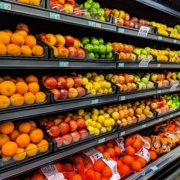
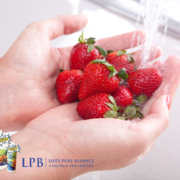
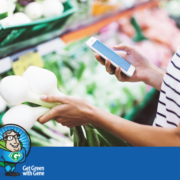
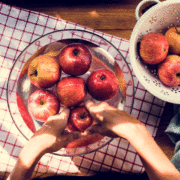
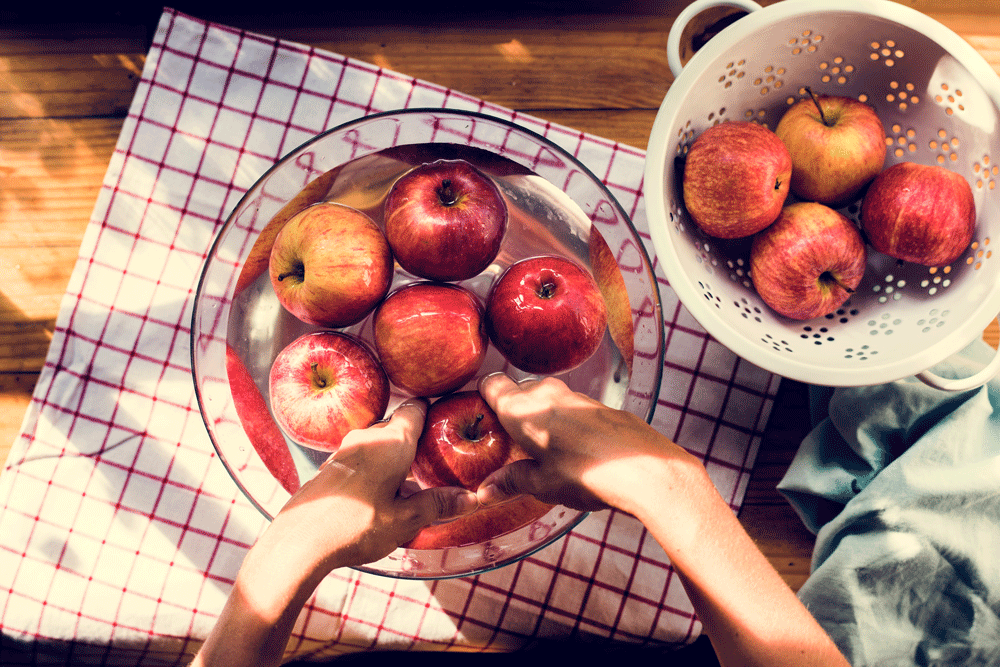 Who is Responsible for the Quality of our Food?
Who is Responsible for the Quality of our Food?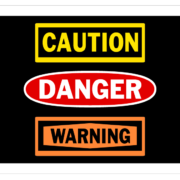
 What you can Learn from a Label.
What you can Learn from a Label.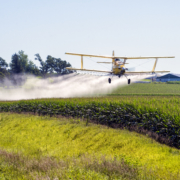
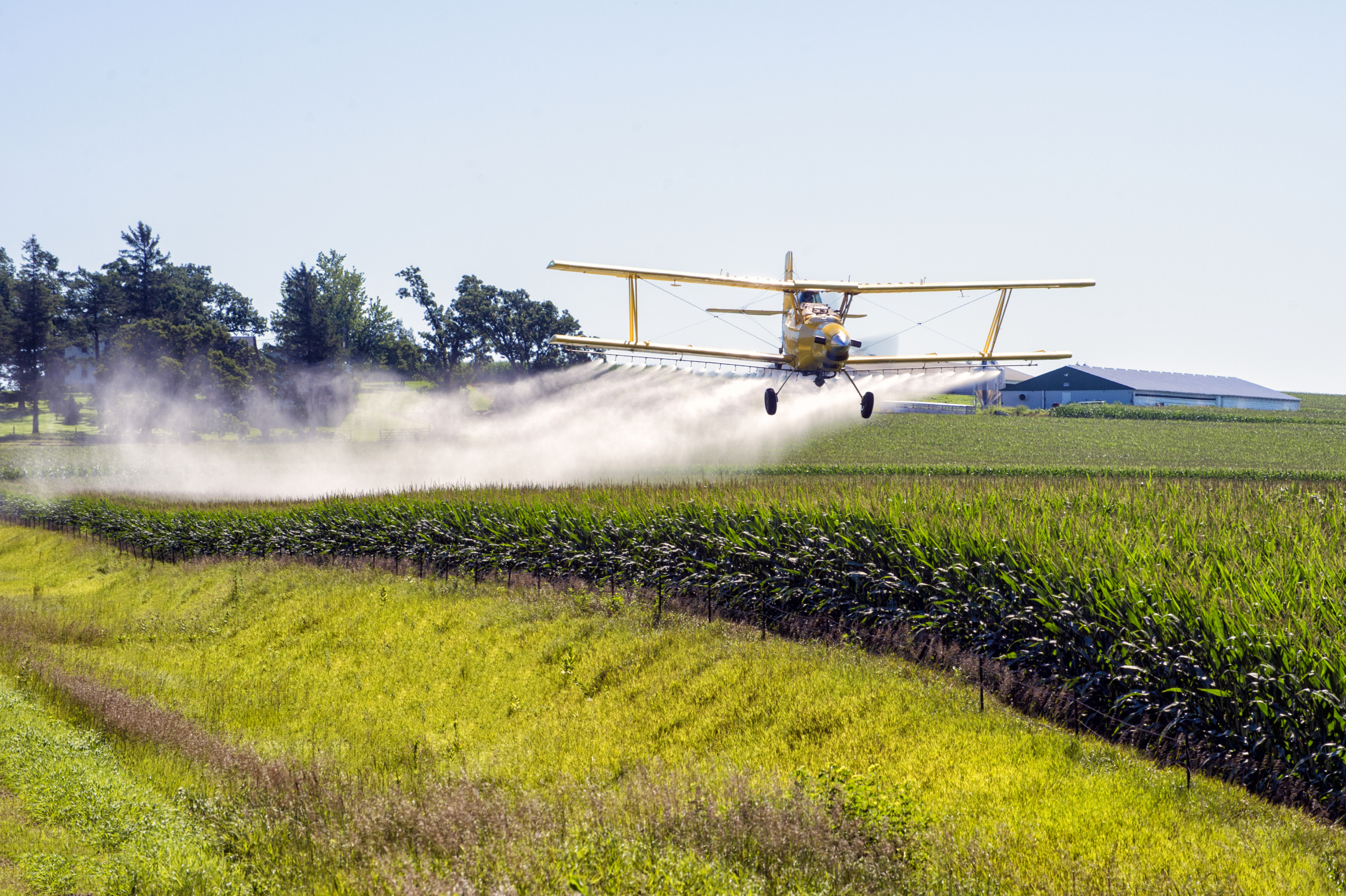 “Carry-Over”
“Carry-Over”